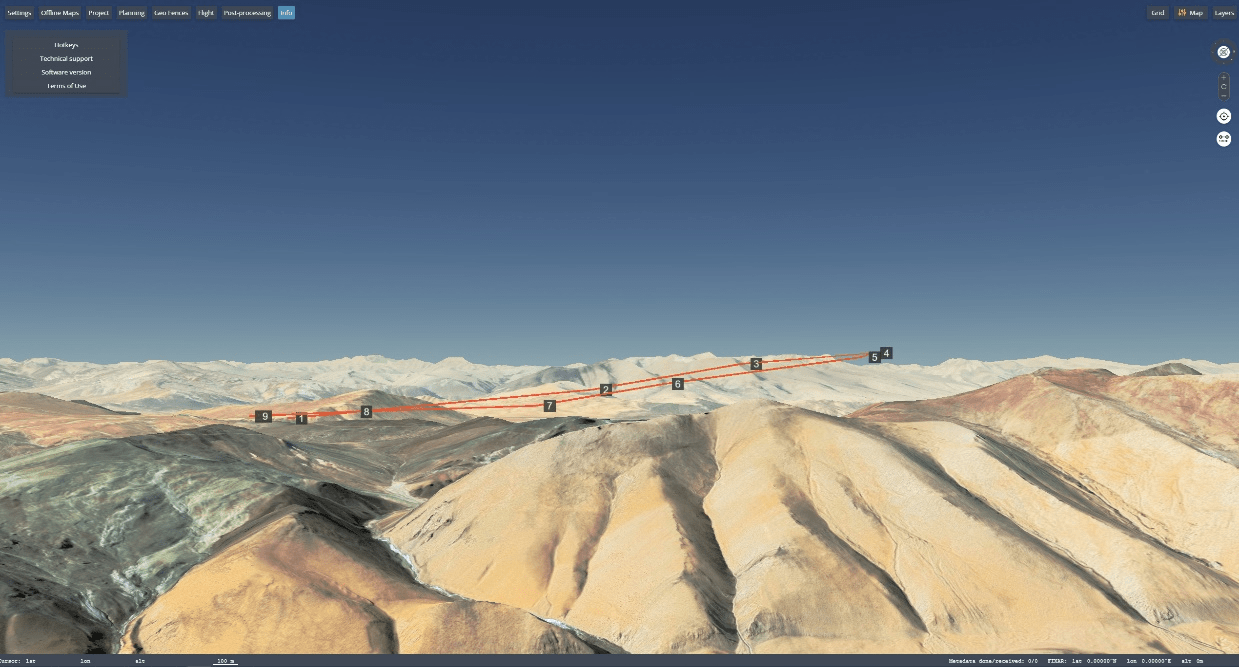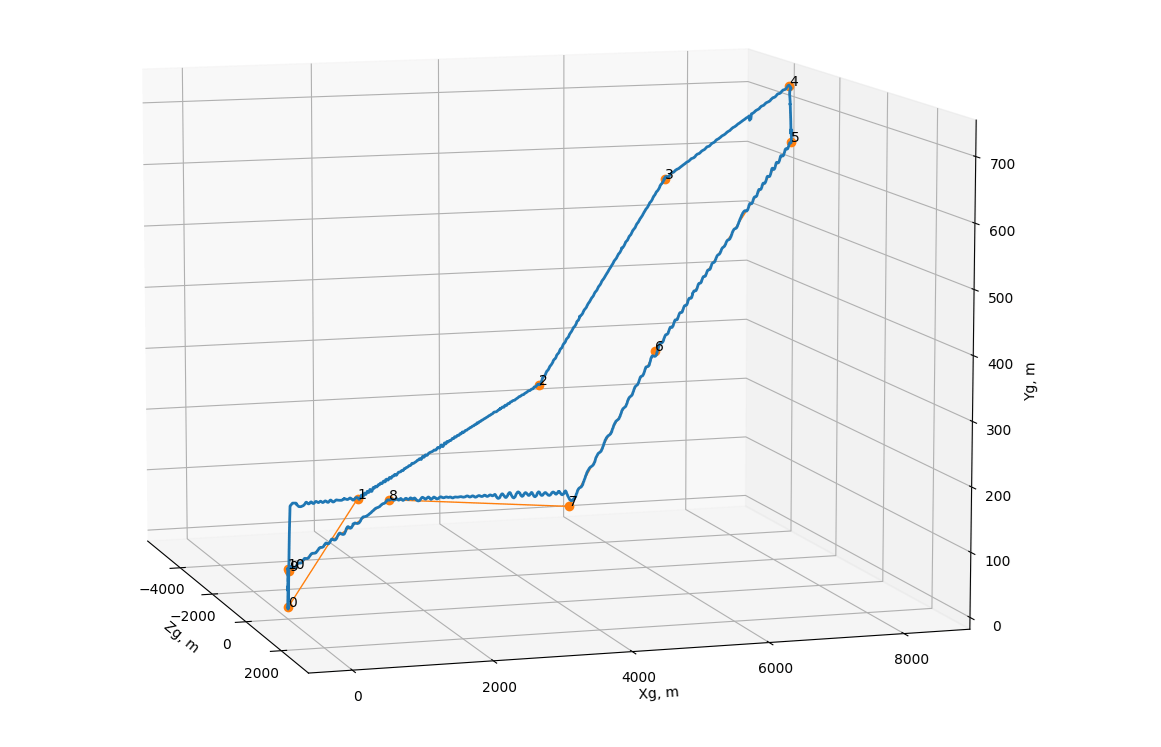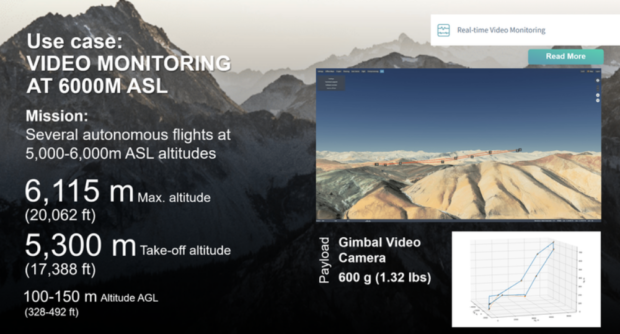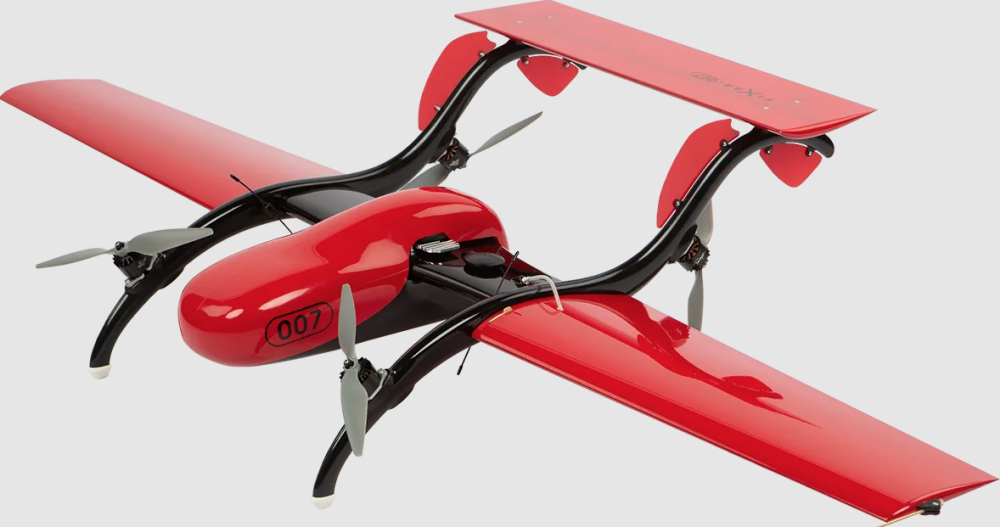In September FIXAR conducted a video monitoring mission at a high altitude in a challenging mountainous region. The mission launch and drone take-off took place at an altitude of 5,300 m (17,388 ft).
The 19.8 km (12.5 mi) mission was performed with an ascent to an altitude of 6,115 m (20,062 ft) above sea level and a further descent and landing below the point of the initial take-off location.
The FIXAR 007 showed solid and stable performance at the high-altitude missions. FIXAR 007 currently is the only commercial fixed-wing drone, which has flown a BVLOS mission autonomously with terrain envelope at the altitude 5 300 (17 388 ft) – 6 115 m (20 062 ft) ASL in the mountains without special equipment.
Drone operations at high altitudes and consequential limited by harsh weather conditions have always faced diverse risks and challenges. High altitude is mostly linked to mountainous terrain, which contributes to considered additional challenges.
Aerial missions in mountainous terrain hold a wide number of specific features and limitations. Flights over mountainous regions are always unpredictable due to the existing thin air and rapid changes in weather conditions – sudden storms and extremely cold weather are common even in the summer season.
The unmanned aerial vehicle (UAV) operators require meticulous preparation in terms of equipment and operation, it may even require the operators to acclimatize and increase liquid intake during the time spent in the mountains, and it is easy to become disorientated if their health condition is not monitored.
From an equipment perspective, the most common challenges lie in unspecified or incorrect terrain maps which may cause the drone to crash; limited altitude configurations may lead to poor quality data or even the loss of the drone; magnetometer sensor malfunction in zones of magnetic anomalies and may lead to the loss of the drone control or even loss of the aircraft in itself.
The one-day mission was conducted in September 2022. The weather conditions were constantly changing and varied thought the day, with temperatures ranging from -20 to 5°C. The entire mission stages were carried out in a rarefied atmosphere. The FIXAR 007 configured with the gimbal video camera was used for this mission.
The goal of the mission was to execute a stable flight at a challenging high altitude with adverse weather conditions, and simultaneously gain confirmation for quality telemetry data collection under these conditions.

The complex mountainous flight area with a planned mission flight route

The 3D trajectory of the flight. The altitude shown is QFE (heights are relative to the starting point of the drone flight, where the starting point is an absolute ZERO – in all coordinates)
The 19.8 km (12.5 mi) mission was performed with an ascent to an altitude of 6 115 m (20 062 ft) above sea level and a further descent and landing below the point of the initial take-off location. At a low altitude above ground level, the terrain envelope was 100-150 m (328-492 ft). During the flight, the traveling speed was maintained stable at speed of 72 km/h (45 mph).

Flight absolute altitude during the mission with the maximum reach of 6 115 m (20 062 ft)
Source: Press Release


